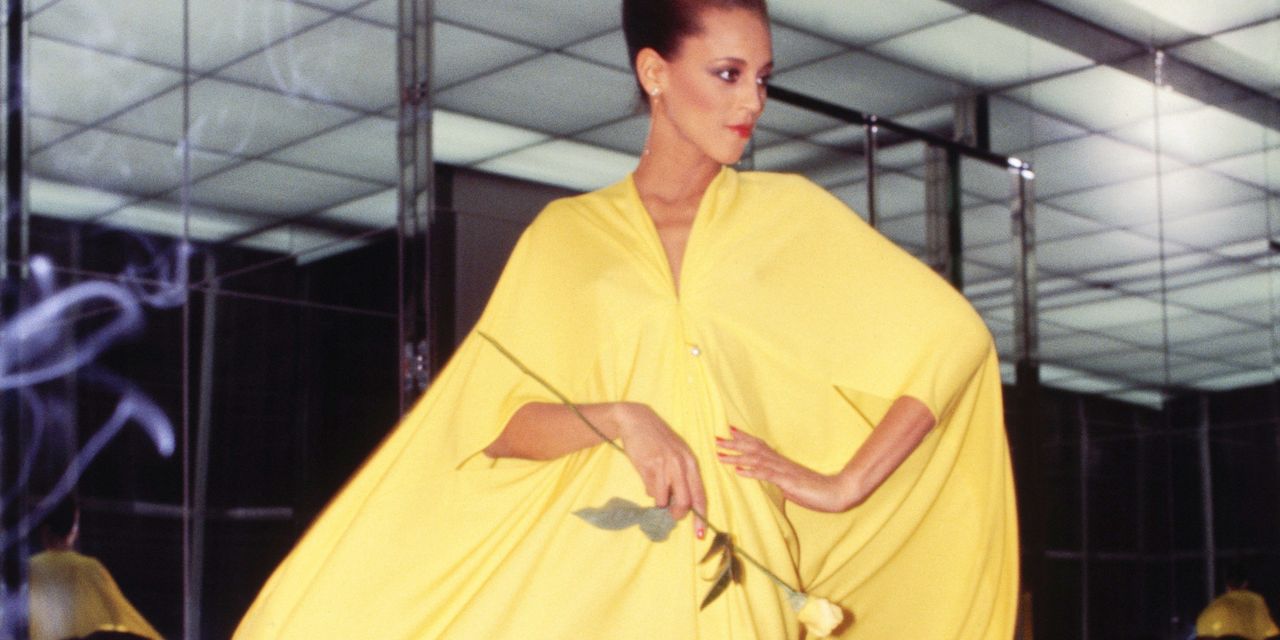AS SURELY AS spritzes and sandals, caftans and their Slim Aarons allure signify the arrival of summer. So it may come as a jolt to learn that early caftans were made for war. In ancient Mesopotamia, soldiers wore them under chain mail, and they were crafted from stoutly quilted cloth—not exactly poolside wear.
Adapted as an item of everyday dress across the region, little changed other than a lightening in fabrication. Similar garments—essentially loosefitting, long-sleeve tunics—are found throughout the Middle East and North Africa and have intrigued Westerners since they first encountered these cultures: In an early version of the vacation photo, 18th and 19th-century European travelers of both sexes brought local dress back home and had themselves painted wearing it.
In 1963’s “Cleopatra,” Elizabeth Taylor played the Egyptian queen while wearing a series of sumptuous caftans. That silver-screen appearance sparked a modern trend. Soon, jet-setters like Princess Grace and Lee Radziwill were photographed wearing them, and designers like Emilio Pucci, Halston and Yves Saint Laurent (a caftan wearer himself) were including them in their collections.
Like those earlier portrait sitters, the Beautiful People of the ’60s were manifesting the West’s fascination with the East, or what cultural critic Edward Said would later identify as Orientalism—the process by which Western art and literature turned “the Orient” into the ultimate Other.
Caftans are no longer the “exotic” garment of yore; they’re part of a style lexicon far more encompassing than it once was. The fashion journalist André Leon Talley, who is known for his wardrobe of them, once said he can wear caftans “any time of the day.” But the real evidence of the caftan’s acceptance is just how ordinary it now is: From Hillary Clinton, who recently posted a photo of herself in one on Instagram, to versions by brands ranging from Gucci to Everlane, it’s a global classic.













































